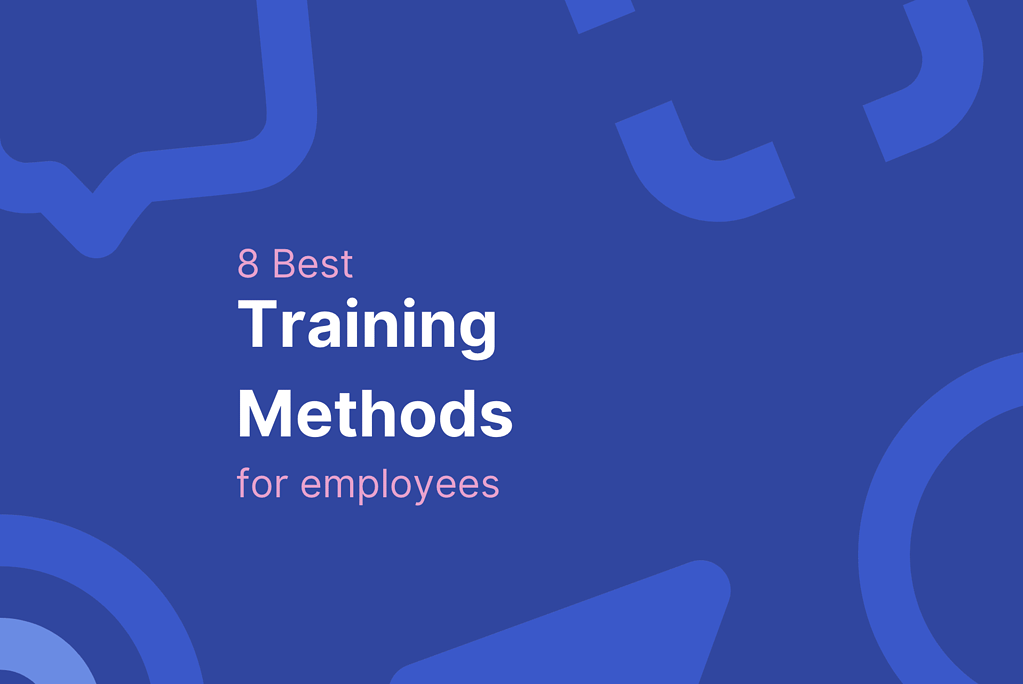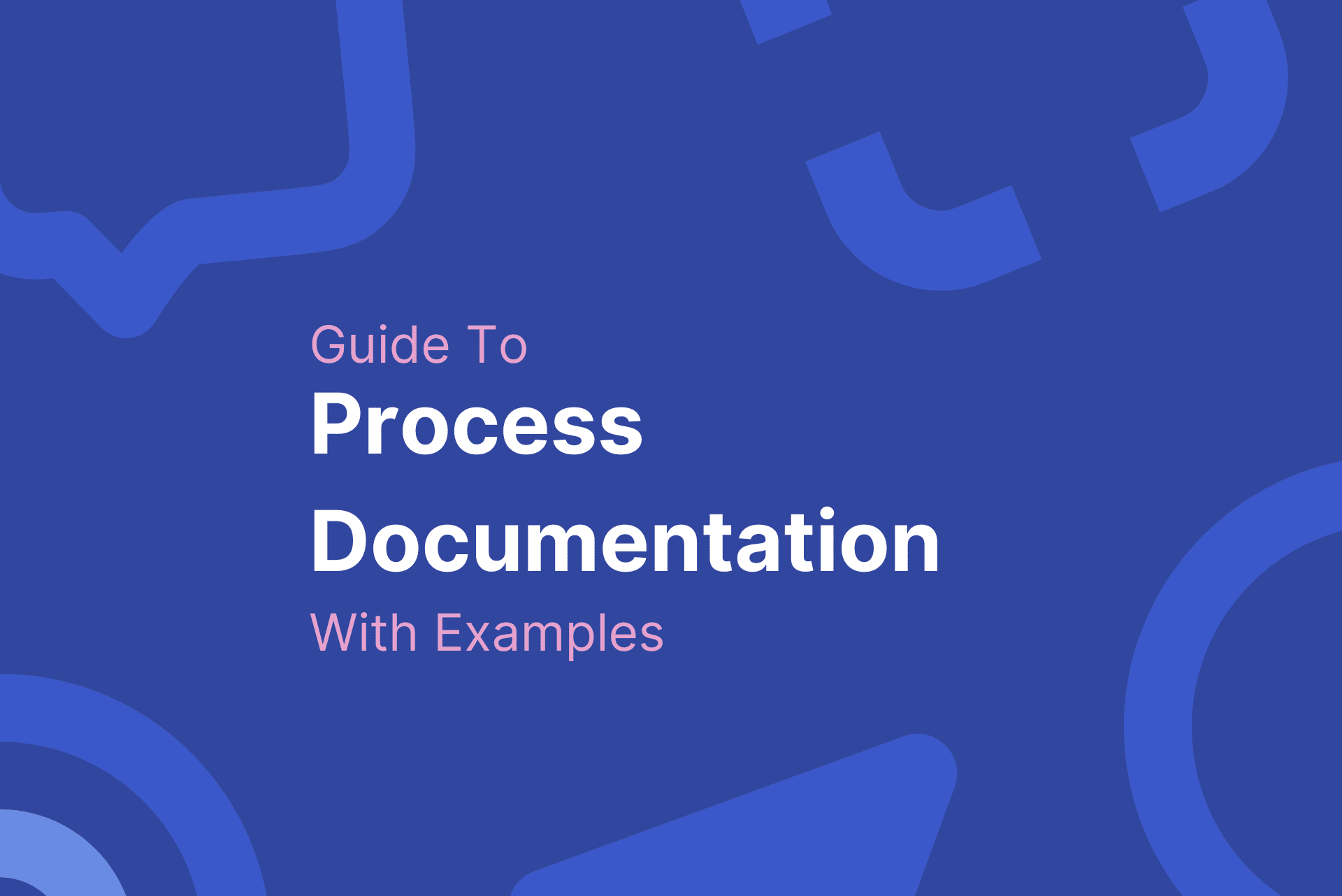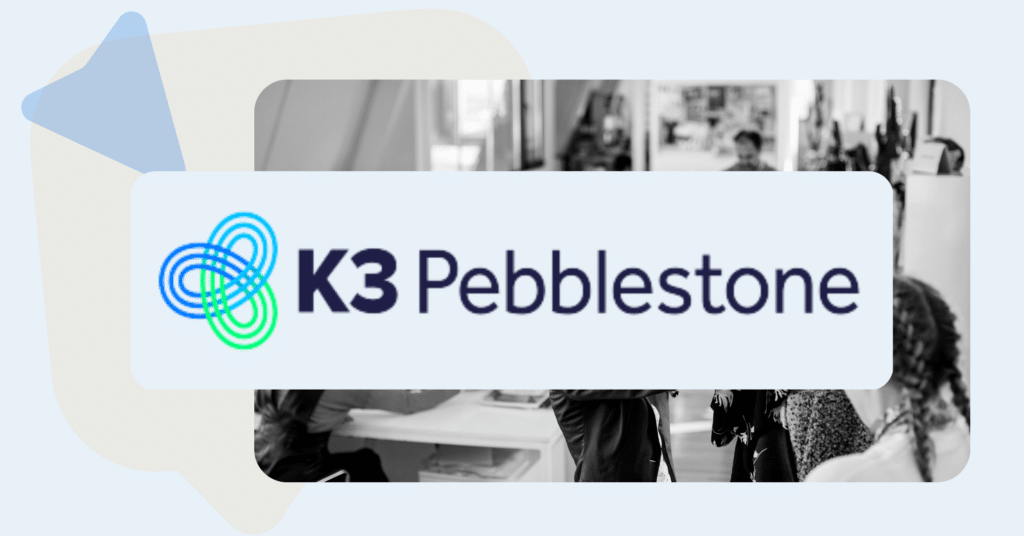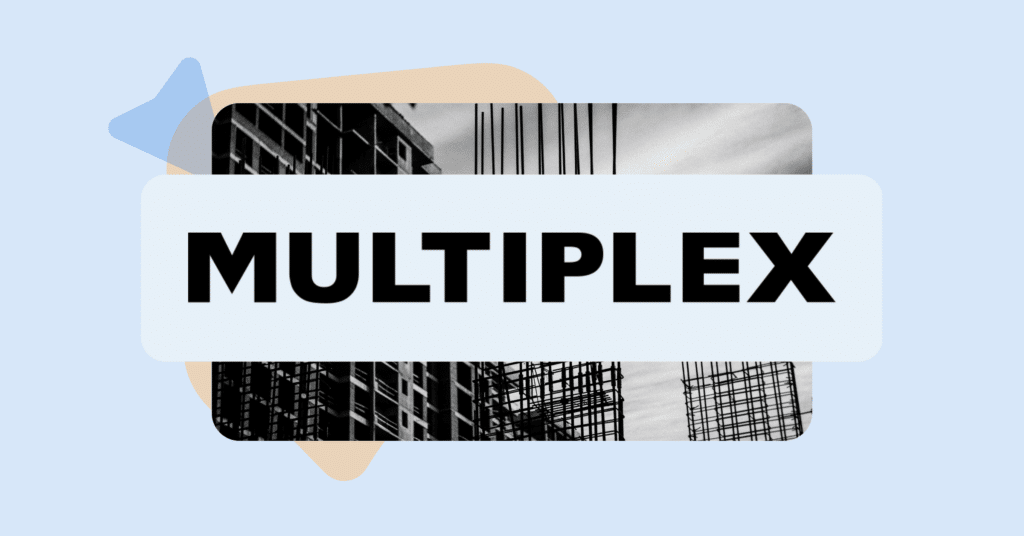Documenting how different tasks and processes are done is key to ensuring the success and longevity of your organization.
The benefits of business process documentation are often most clear during organizational changes, but an effective process documentation flow has benefits for both old and new employees as well as the management.
What is business process documentation?
Process documentation refers to step-by-step guides detailing how to do various things related to your organization and its workflows. Depending on your field of business, you might require process documentation to explain how to perform particular tasks, like creating a new customer profile in your CRM.
Most commonly, business process documentation is stored in a company handbook, training manual or documentation software. To get the most benefits out of any process document, your documentation should be up-to-date and regularly maintained.
Why is process documentation important?
Having thorough and updated process documentation is crucial for ensuring that various business tasks are done systematically and consistently, no matter who is undertaking the task.
Some of the benefits of process documentation include:
- Operational analysis. Effective documentation helps you identify bottlenecks in your operations and compare hold processes with newer ones.
- Process improvement. Documenting processes in writing helps you critically examine and further streamline complex processes and optimize process inputs.
- Standardizing process flows. Each documented process helps to standardize the way different tasks are done in your organization, helping to preserve know-how and keep operations running even during staff turnover.
It’s normal for the document process to change over time as your organization changes. You might start by simply creating written guides for a couple of normal process flows, but later on, opt for process documentation software.
How to create a business process documentation template
Preserving process knowledge can seem like a complex and time-consuming task in today’s ever-changing and fast-paced business world. Thankfully, the same process documentation template can be used regardless of the type of process you want to document.
1. Identify and name the new process
Begin by identifying your process and determining its purpose. Consider at least the following:
- Key objectives. Why do you need the process? How will the process benefit your team or organization as a whole? What KPIs or objectives is your process aiding or trying to achieve?
- Process priority. How important is this process compared to other initiatives currently being undertaken by your organization?
- Stakeholders involved. Who will be the main undertakers of the process? Which teams or individuals are most affected by the process?
- Process timeline. How long will it take to implement this process?
For example, you might want to create a process for ensuring every sales rep inputs client information into your CRM in the correct order, to help your data stay uniform.
2. Outline the process scope
Next, you want to outline what your process covers and what it doesn’t. This helps to avoid creating processes that are too large and complex to carry out efficiently.
For example, continuing with our sales CRM example, you might want your new process to only cover how to input new client data into the system, and exclude any old accounts for another process.
3. Detail the process boundaries
It’s important to know what marks the start of a process and when the process ends. Make sure you’re setting clear boundaries for your business processes for better operational efficiency.
This could mean determining which sections of your CRM are used when adding a new client to the database, compared to the steps taken when updating an existing account, or creating an invoice.
4. Understand the process inputs and process outputs
After you have identified clear boundaries for your process, it’s time to consider what resources are needed to complete the process (process input) and what the desired end result of the process is (process output).
Keeping with our CRM example, the process input could include client contact information, business identification details, and signed paperwork or other contractual confirmations. The process output could be a finished CRM entry for a new client.
5. Document the process steps
After you have a clear idea of what constitutes a normal process flow, including all the relevant inputs and outputs, it’s time to write down all the process steps. Start with what triggers the process and document each step users take to reach the end goal.
You can also work your way backwards from the end result. For example, you can identify all the data you need to find in your CRM for each new client, and work out the best order to add all the information into your system.
Process documentation best practices
Process documentation serves as an important cornerstone for operational unity and effectiveness.
While it’s possible for each project team to create process documentation relevant to their process tasks, there are some best practices that can help streamline the documentation process within your entire organization.
Design a process documentation template
Creating process documentation becomes considerably faster when there’s an existing template to follow. A good process documentation template is clear and straightforward to follow and covers all the important information that a process flow should cover.
By introducing templates into your different documenting processes, you ensure that the documentation process remains consistent and uniform, no matter who is creating a new process.
Depending on the size and complexity of your organization, you may want to create slightly varied templates for different teams or departments. It might also make sense to appoint individuals as the DRIs (directly responsible individuals) for a team’s process documentation overall.
Include visuals in your process documentation
Images, process flowcharts and videos are a great addition to written instructions on any business process.
A visual representation of a particular view within a software paired with a detailed description makes it easier for end users to follow your documentation. By eliminating any ambiguity around current processes you make the process execution and end user training faster and more effective.
Not only that, but up-to-date visuals help minimize error margins and can improve employee productivity and operational consistency overall.
In order to maintain operational efficiency, it’s important to also periodically update visuals in your process documentation, especially if new versions of the software you use are released or you switch to a new platform.
Use a process documentation tool
Depending on your organizational structure and needs, using process documentation tools could greatly improve the efficiency of your documentation process overall.
If you only document processes for internal purposes, e-learning tools like ClickLearn can make process mapping and maintenance easier and faster. On top of keeping your process documentation updated, tools like ClickLearn help to create onboarding and learning materials based on your process flows, making new user onboarding and training easy.
On the other hand, if you’re creating external or client-based documentation, you might need to research knowledge base tools to manage and share your process document outlines.
Get your documentation peer-reviewed
Especially if multiple teams are involved in process documentation, it’s important to get all new processes reviewed by other people in the organization. This way, you will see whether team members find the documentation useful and easy enough to follow.
Since the process owner might spend a long time working on the exact process flows, it’s good to get other people to test the processes out. Peer review often highlights unnecessary steps and identifies which steps are still unclear to the end user.
Be concise and clear
To avoid ambiguity and misunderstandings, consider creating a style guide for process document writers.
Only include information that’s necessary for the task execution. Ideally, process documents should be simple, concise, and easy to follow. This is particularly important for more technical tasks – keep your documentation clear of unnecessary jargon or complex language.
It’s also worth creating individual documents for separate processes, instead of opting for a master file covering each and every one of your process flows. All common process documentation should be stored in a central location that’s easily accessible and preferably cloud-backed to avoid any unintentional data loss.
It’s also good practice to ensure it’s clear to the reader when the process document has been updated.
Process documentation vs process mapping
Process documentation and process mapping are sometimes used interchangeably, although there are some key differences between each system’s layout.
While both activities are used to essentially break down and explain how a particular process works, process documentation heavily relies on written outlining. Process mapping, on the other hand, places emphasis on visually describing a process.
It’s possible to include images in your process documentation, but a process map uses almost exclusively visuals to convey how a process is executed from start to finish.
Be on top of your business processes
Effective and clear process documentation frees up time in your organization and ensures all team members know the exact steps of executing different processes.
Documentation speeds up employee onboarding, helps train employees for different roles, and helps to keep all data uniform in your various databases. This, in turn, results in better and more accurate decision-making and helps identify repetitive tasks that could be automated in the future.
Process documentation doesn’t have to be a manual, time-consuming task – with the right tools, you can automatically keep all processes up-to-date.

Do you want to save this for later?
Save this blog post as a PDF and read it when and where you want.





